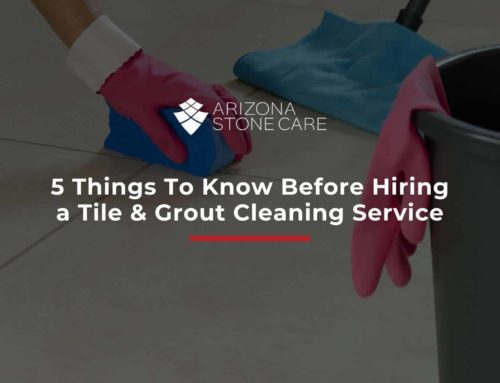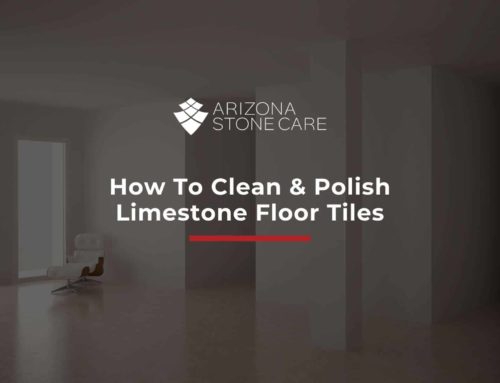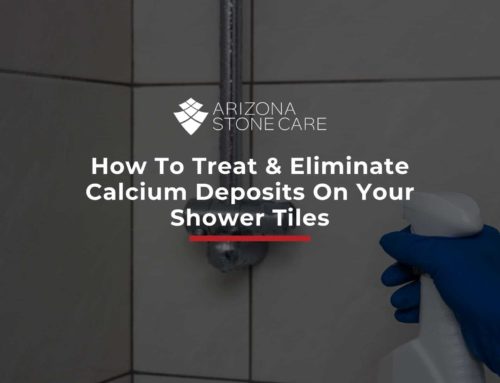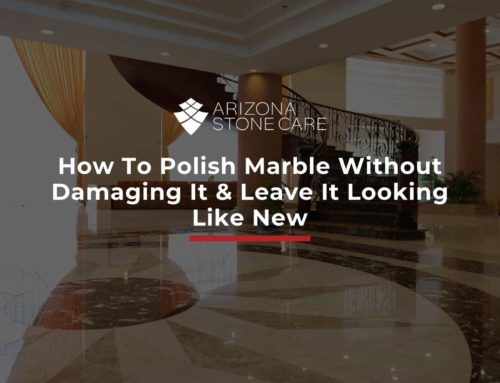What Type of Stone Is It?
It is advisable to maintain careful records about the type, name, and origin of the stone existing in your home. If such records do not exist, you should explore the following options before determining a cleaning and maintenance program:
1. Consult with a Arizona professional stone supplier, installer, or a restoration specialist to help identify whether your stone is siliceous or calcareous.
2. Conduct a visual identification of the stone. While there are exceptions, the following characteristics are common:
- Granites have a distinct crystal pattern or small flecks; very little veining.
- Limestone is widely used as a building stone. Colors are typically gray, tan, or buff. A distinguishing characteristic of limestone is the presence of shell and/or fossil impressions.
- Marbles are usually veined, fine-textured materials that come in virtually unlimited color selections.
- Sandstones vary widely in color due to different minerals and clays found in the stone. Sandstone is light gray to yellow or red.
- Slates are dark green, black, gray, dark red, or multi-colored. They are most commonly used as a flooring material, and for roof tiles, and are often distinguished by distinct cleft texture.
3. Conduct a simple acid sensitivity test to determine if your stone is siliceous or calcareous.
You will need:
- 4 ounces of a 10% solution of muriatic acid or household vinegar
- Eyedropper
Because the test may permanently etch the stone, select an out-of-the-way area (a corner or closet) several inches away from any mortar joint. Apply a few drops of the acid solution to the stone surface on an area about the size of a quarter. Two possible reactions will occur:
1) Acid drops will bubble or fizz vigorously – a sign that the stone is calcareous.
2) Little or no reaction occurs – stone can be considered siliceous. See note below. Rinse the area thoroughly with clean water and wipe dry.
NOTE: This test may not be effective if surface sealers or liquid polishes have been applied. If an old sealer is present, chip a small piece of the stone away and apply the acid solution to the fractured surface.
CAUTION: Muriatic acid is corrosive and is considered to be a hazardous substance. Proper head and body protection is necessary when acid is used. Again, it is always wise to consult with an Arizona stone professional if you are unable to visually identify the stone and/or are uncomfortable using the acid test.






